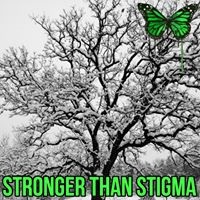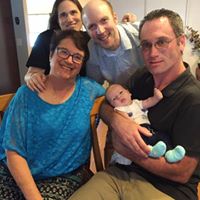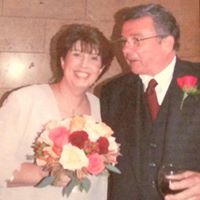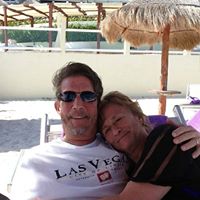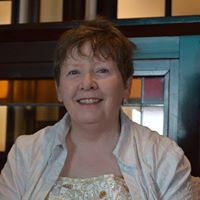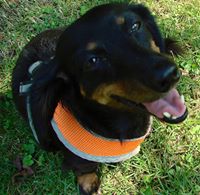In mammals, what organ connects the mother and the developing offspring?
The placenta is a large organ that develops during pregnancy. It is attached to the wall of the uterus, usually at the top or side. It unites the fetus to the uterus of the mother. Blood from the mother passes through the placenta, filtering oxygen, glucose and other nutrients to the baby via the umbilical cord. The placenta also filters out substances that could be harmful to the baby and removes carbon dioxide and waste products from the baby’s blood.
The placenta produces a number of hormones that are needed during pregnancy, such as lactogen, estrogen and progesterone. It keeps the mother’s blood separate from the baby’s blood to protect the baby against infections. Towards the end of the pregnancy, the placenta passes on antibodies to protect the baby after birth. The placenta often develops low in the womb but moves to the side or up as the womb stretches. The placenta is expelled from the body after the birth, usually about 5 to 30 minutes after the baby is born.
It is important that the whole placenta comes out after pregnancy. If any fragments of the placenta stay inside, they will have to be surgically removed to prevent bleeding and infection.
More Info:
www.pregnancybirthbaby.org.au


